One word, four letters... Rust.
Rust is the arch nemesis of the Classic Mini! With the earliest models right through to the very last Cooper's likely falling victim to this silent torment.
No matter the age of your Mini, as even the newest Minis are now in their 20s and the oldest models now in to their 60s, the chances are that you will have encountered rust at some point in your ownership.
In this week's blog, we look at the causes of rust, where to check on your Mini & ways to help prevent rust taking hold...
What is rust?
Reddish/brown in colour, rust is an iron oxide that is caused when iron reacts with water & oxygen. Leading to corrosion, rust can eat away at your Mini - leaving you with flaky, or in extreme cases holey, metal!
Generally when dealing with a Classic Mini, there are three types of rust to aware of - surface rust, scale rust & penetrating rust.
Surface rust, works its way from the outside of your Mini inwards. Caused by the combination of paintwork wearing/chipping away, teamed with the environmental conditions that your Mini is in daily. For example, id you live somewhere particularly wet/humid, or in Winter with grit on the roads, & the bare metal is exposed to the moisture.
Surface rust is in no way a death sentence for your Mini, however - the sooner you deal with it, the less of an issue it will be. If you ignore this issue... It will develop into a much larger problem as rust spreads!
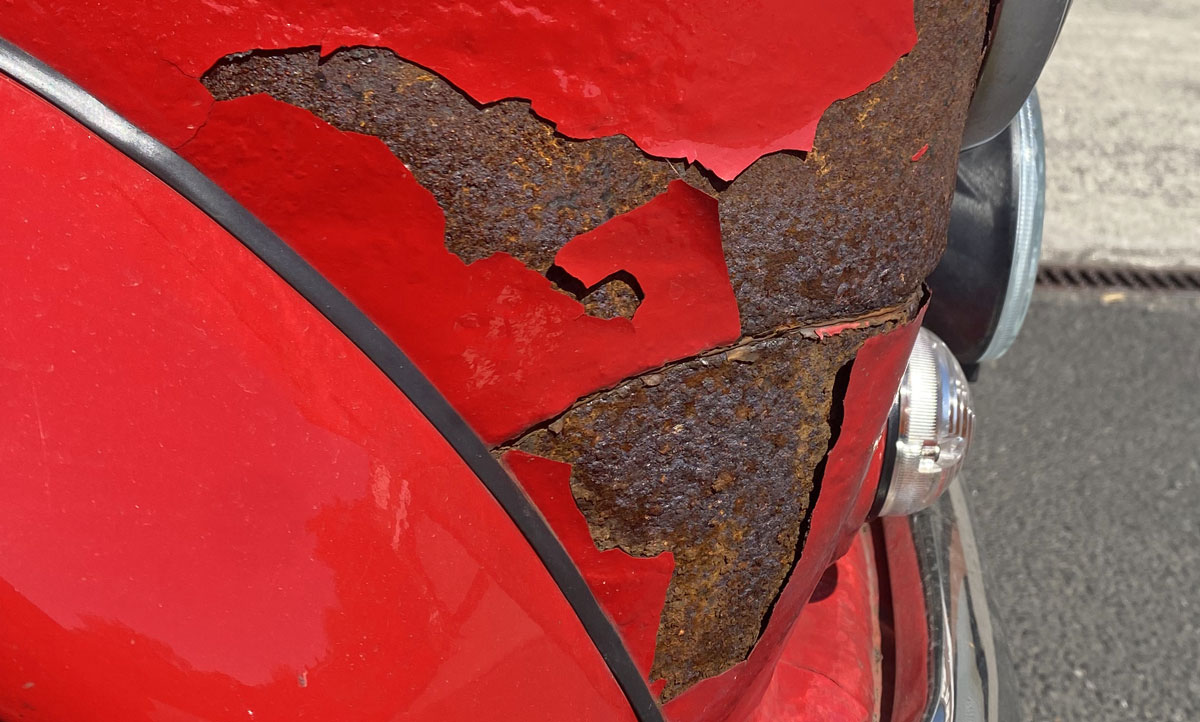
Sanding off this rust, using an anti-rust treatment & repainting the area can prevent further rust.
Scale rust can occur when the surface rust has been left for too long, this can cause corrosion of the metal on your body panels. Salt on the roads is also a big factor in speeding up the development of this rust & can also affect the integrity of your Mini's body work.
Sand blasting this rust, using an anti-rust treatment & repainting the area can prevent further rust.
Penetrating rust can occur when surface & scale rust has been left without treatment. Penetration rust also works its way outwards, from the inside of your panels. The key telltale of this rust, is any blistering, bubbling or loose flakes in the paintwork of your Mini.
Unfortunately, penetrating rust is the greater of the three evils & it's also much more common. Often requiring the affected area cutting out & replacing with a new panel (or partial panel as it may be).
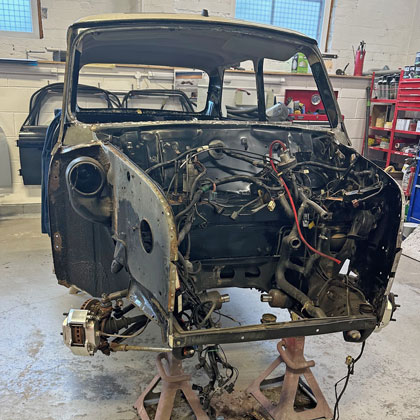

How to spot rust on your Mini?
- 'Spiders Legs' - analyse your paintwork carefully, looking like their name sake, spiders legs are long & thin, that tracks along your paintwork, they don't tend to break through until they are ready. Be sure to locate the area before you start flatting, or you'll lose it!
- Bubbles - under your paint, this means that water & air has gathered between your paint & panel... Rust is imminent!
- Damp/Water Damage - check your Mini's carpet, footwells & boot for any wetness or previous water damage, it's usually a good indicator that the area underneath has rust.
- Damage to Body - any dints, nicks or scratches when left un-repaired can lead to rust, especially if metal has been exposed.
- Irregular Paintwork - this can be the sign of a previous rust repair, if it wasn't properly sealed or repaired correctly, it could come back.
Where to check for rust on your Mini?
A good starting point is to check everything you can see, but the main 'rot spots' are:
- Front inner wings – especially the front & rear corners
- Front valance & wings – rust, especially around & below the headlights & rear seam
- Floors & sills – both inner & outer
- Boot floor – shock mounts, rear wheel arch & spare-wheel well
- Rear pockets & closing panels
- Rear seat base
- Door skins & door frame
- Scuttle/bulkhead panels and dashboard upper rail– check around the A-posts & the base of the windscreen
- Rear wings – especially under plastic extensions
- Subframes & mounts – look at the front & rear mounts for signs of serious corrosion & inspect the rear subframe - a common MOT failure!
- Rear valance – check around boot lid mounts & the seam between the valance & back panel
Another thing to keep an eye out for when checking for rust, is any poor historical repairs - even a Mini that looks good could be hiding a multitude of sins, not everyone who works on a Mini should be doing... So be thorough - check under the carpet, panel gaps, sills & A-pillars.
How do I prevent rust?
The million pound question... Although some may argue you cannot entirely prevent rust in a Classic Mini, what you can do however, is prolong the onset.
Rustproofing! Underseal your Mini's floor & wheel arches, wax the sills & cross member, oil your drain channels & seam covers. Be liberal, more is more. Take care not to seal over anywhere where rust has already started - it will continue to spread underneath!
Keep your Mini clean & dry. Easier said that done, but avoid driving your Mini when it's raining, or in the winter months when there's likely grit on the roads. Where possible, store your Mini in a dry garage - but if you're returning home from a wet drive, clean & dry your Mini before you leave it, paying particular attention to the underside. Investing in a dehumidifier for the garage will also help to get rid of any moisture in the air.
How do I repair rust?
Act fast. The sooner you catch rust & repair the area, the better you'll be in the long run. The longer you leave rust, the worse it will become...
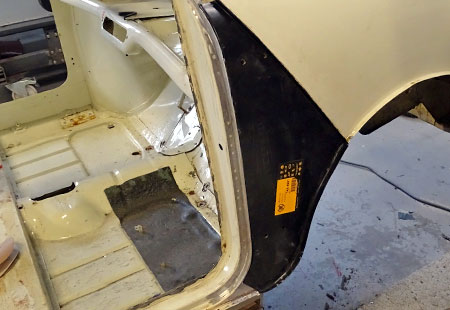
Surface rust is relatively easy to deal with. Whereas penetrating rust is much more severe and could need entire panels replacing.
You need to take in to account whether you would be carrying out the work yourself or whether you would also need to factor in to the cost of a professional re-paneling any problem areas.
Other things to consider are the time you have available, your confidence on doing the job & also your budget.
The location & extent of the damage will effect the cost of the repairs... But it will also effect your ability to carry out the work yourself. Surface rust can be dealt with at home, however we would advise that extensive damage requires the help of an expert.
Luckily, many replacement panels are available on our website, including British Motor Heritage Genuine panels, made from the original tooling. You can also purchase after-market panels, such as Magnum that offer a cheaper option.
Complete Body Shells are also available from BMH if things are truly bad, or you would rather start afresh with a donor Mini.
Is rust the end of my Mini?
Absolutely not. Early signs of corrosion can be dealt with easily before it gets worse & more severe cases can be re-panelled where necessary. Or if your Mini has reached the point of rot where it's not financially viable to save (ie. every panel needs replacing) we offer complete brand new Mini body shells, these can be built back up with your existing parts or as many new parts as you want/require.
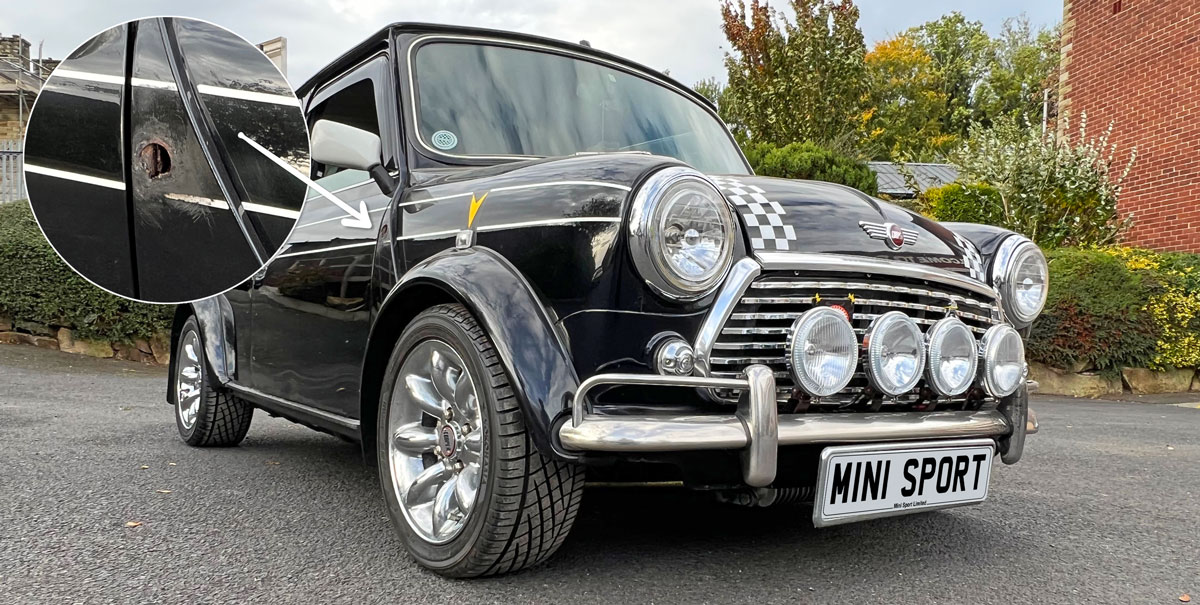
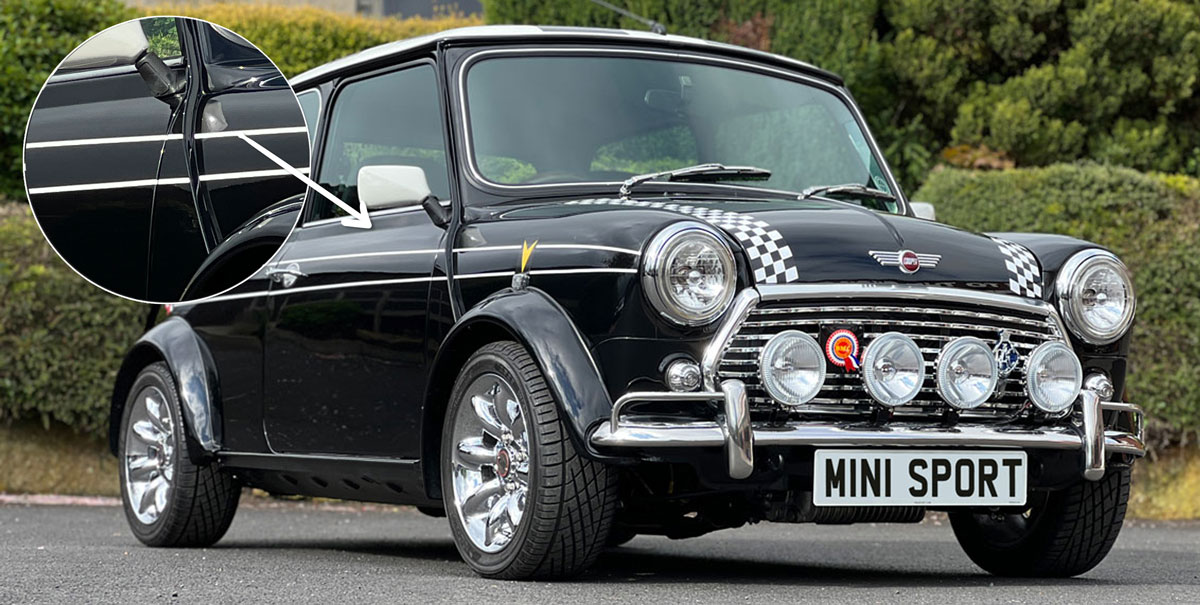
Here at Mini Sport, we pride ourselves in constantly trying to improve our processes, with meticulous attention to detail.
Whether it's a full nut & bolt restoration to Concours standard, simple accident repairs or a sympathetic conservation retaining originality we are here to help you. No job too big or too small...
Our Services Include;
- Full nut and bolt restorations
- Part restorations & repair
- Engine rebuilds & mechanical repairs
- Bodywork & fabrication
- Panel replacement
- Complete paintwork & resprays
- Rust removal & prevention
- Roll cage fitment & chassis strengthening
- Electric system & wiring loom
- Upholstery & interior trim
You can see for yourself some of the projects we've undertaken on our website here.

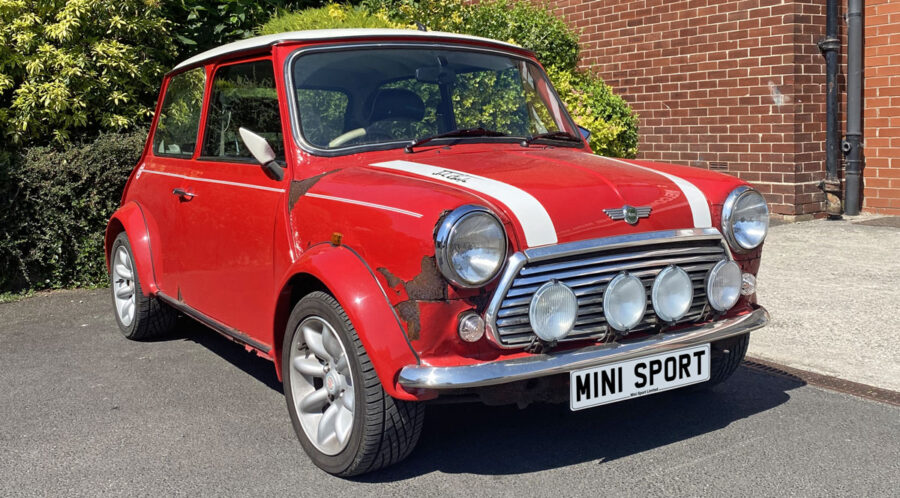
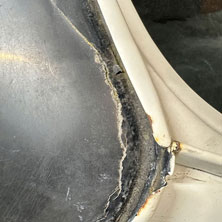
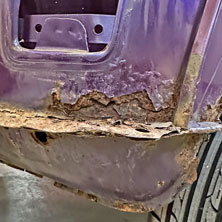
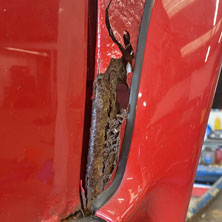
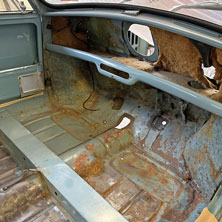
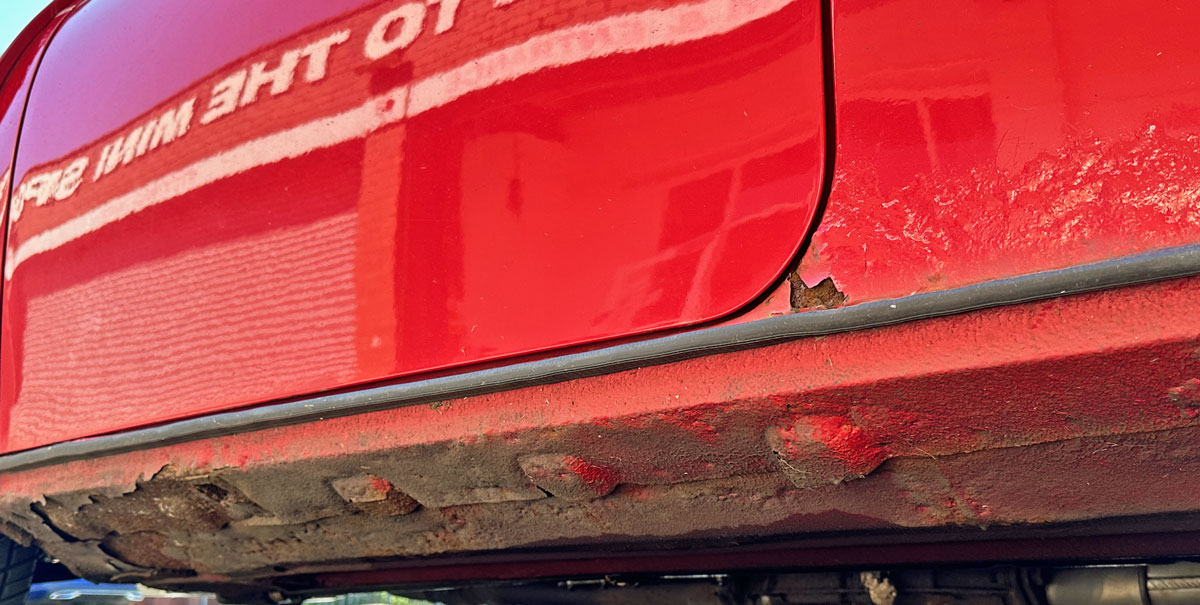
I have a classic mini that seems to have some floor rust and sill rust.
I'd like the either this fixed (or more likely the floor replaced).
I can send images (not on this form though for some reason). Do you have a rough cost at all for a floor replacement?
Thanks,
Veeraj